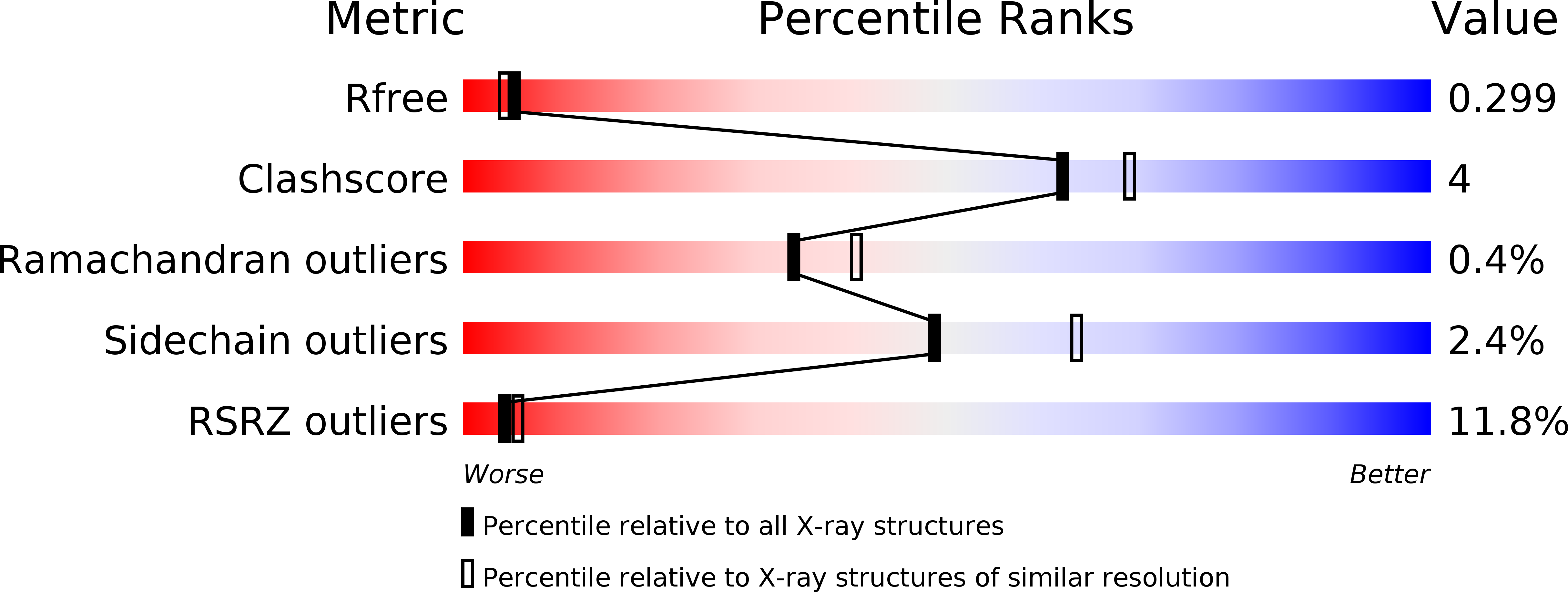
Deposition Date
2015-01-09
Release Date
2015-11-25
Last Version Date
2024-10-16
Entry Detail
PDB ID:
4S18
Keywords:
Title:
The X-ray structure of the adduct formed in the reaction between bovine pancreatic ribonuclease and oxaliplatin
Biological Source:
Source Organism:
Bos taurus (Taxon ID: 9913)
Method Details:
Experimental Method:
Resolution:
2.27 Å
R-Value Free:
0.30
R-Value Work:
0.22
R-Value Observed:
0.22
Space Group:
C 1 2 1


